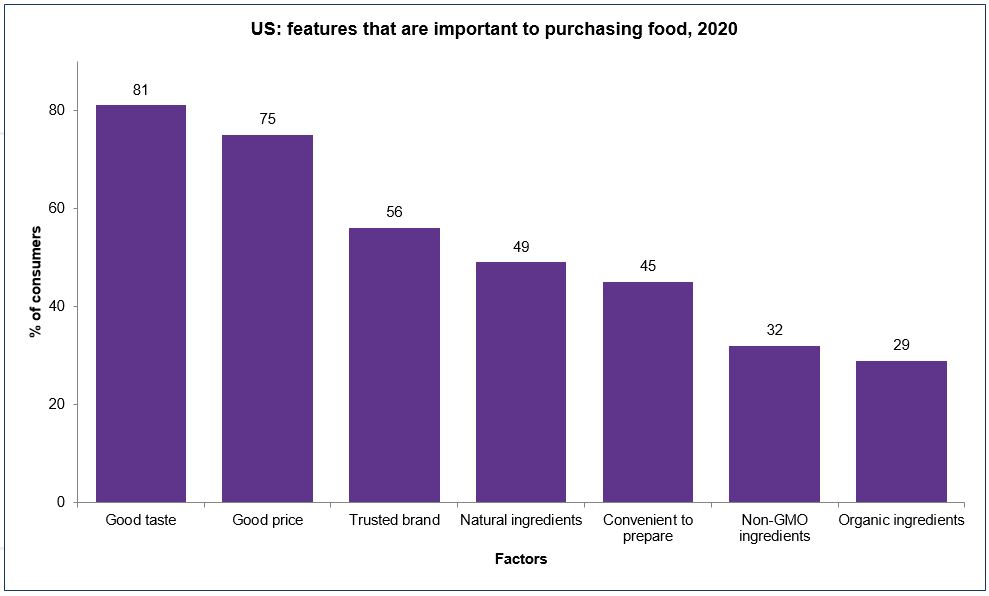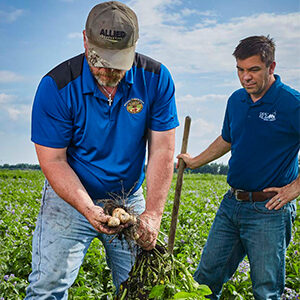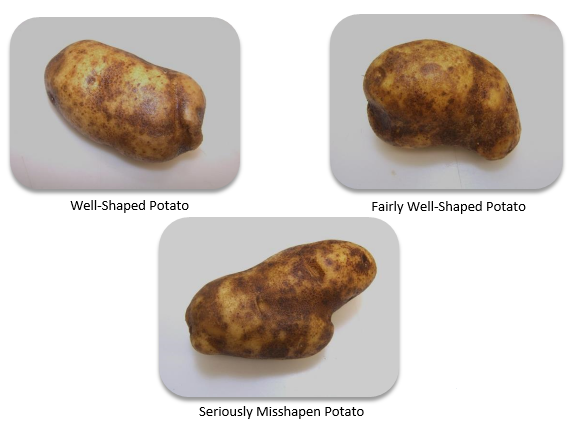Organic will need to go beyond "healthy" to maintain growth


While there is no proof that natural/organic foods are any healthier than their mainstream counterparts, many North American consumers perceive this to be so. For some consumers, COVID-19 has spurred them to try to eat more healthily, including eating more organic foods.
Yet health is not a top factor for consumers in choosing food and drink; good taste and, notably, affordability are much more likely to motivate consumers’ choices. Organic may be seen as healthier, but price concerns stand in the way.
Potato Market Update
 Supplies of storage crop russet potatoes are winding down in all growing areas. Pricing continues to rise on the larger-sized russet potatoes. New crop is expected to be available in a few days from growers in Texas, Kansas, New Mexico and Washington. All growing regions appear to have an excellent new crop coming to market; however, growers in the Northwest, where heat and dry conditions affected some crops, may have a different turnout.
Supplies of storage crop russet potatoes are winding down in all growing areas. Pricing continues to rise on the larger-sized russet potatoes. New crop is expected to be available in a few days from growers in Texas, Kansas, New Mexico and Washington. All growing regions appear to have an excellent new crop coming to market; however, growers in the Northwest, where heat and dry conditions affected some crops, may have a different turnout.
Growers in the Red River Valley are experiencing extremely dry conditions. The region is anticipating a reduction in red potato yield. Wisconsin growers are expecting their new crop red potatoes to hit the market in early August.
New crop yellow potatoes are becoming available in more and more areas. Pricing will be coming under pressure as availability becomes greater.
Although new crop white potatoes are available in several growing regions, most of the supplies are going to the Northeast and Southeast.
Growers in New Mexica, Texas, Washington and North Carolina have new crop fingerlings available. Pricing is very steady.
Onion Market Update
 Growers in the Northwest are starting up with new crop transplants and early onions, while overwinter onions start to wrap up. New crop organic and organic sweet onions are also available in the Northwest.
Growers in the Northwest are starting up with new crop transplants and early onions, while overwinter onions start to wrap up. New crop organic and organic sweet onions are also available in the Northwest.
California growers are still shipping all three colors and are in good supply. We are expecting the California supply to be available until the end of August. At that time, growers in the Northwest will bring storage crop onions to market. The extreme heat experienced in the Northwest the last couple of weeks has some growers anticipating a smaller-size profile at harvest.
The overall onion market is very steady on both red and yellow onions. Pricing has remained consistent over the past couple of weeks, with good availability on all sizes and colors. Freight remains a challenge with higher than normal market pricing.
Misshapen potatoes
 Misshapen tubers (called second growth) result from uneven growing conditions including above normal rainfall, sporadic irrigation and high temperatures.
Misshapen tubers (called second growth) result from uneven growing conditions including above normal rainfall, sporadic irrigation and high temperatures.
- Well-shaped potatoes exhibit normal shape for the variety and meet U.S. No. 1 grade. (See the upper-left photo below.)
- Fairly well-shaped means that the potato is not significantly pointed, dumbbell-shaped or otherwise deformed. (See the upper-right photo below.)
- Seriously misshapen means that the potato is seriously pointed, dumbbell-shaped or otherwise badly deformed. It meets the U.S. No. 2. grade. (See the bottom photo below.)
Misshapen potatoes is a quality defect that should be determined from the appearance of the individual potato and scored and graded out during production according to USDA Official Visual Aids for Potatoes.

How are misshapen potatoes created?
Misshapen tubers typically result from uneven watering and high temperatures, which produce unsuitable growing conditions.
Even when one of these stressors is followed by adequate moisture, it can lead to cracked and misshapen potatoes.
Misshapen potatoes also develop more easily in hard compact soil, which makes complete tilling in our fields all the more important.



